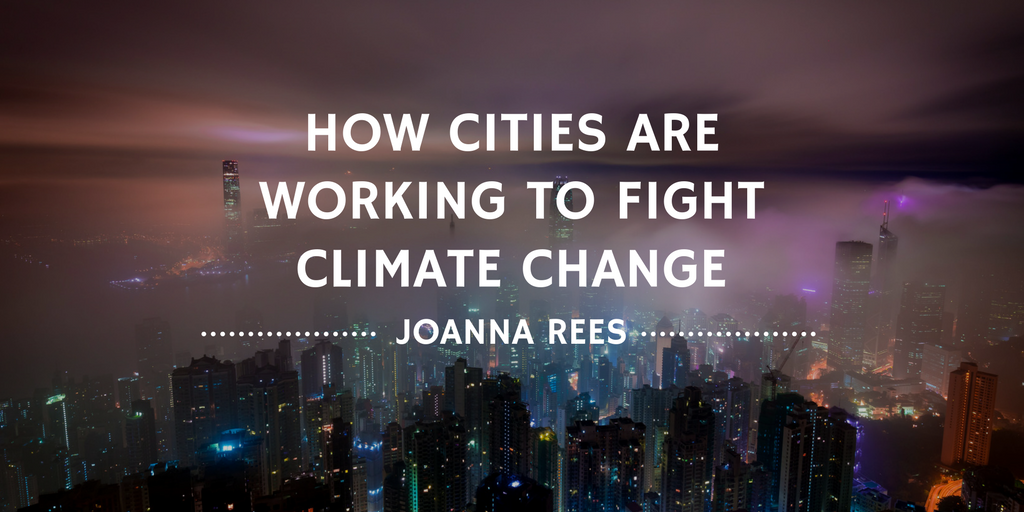Part 2 in a series. Read the first part here.
Though the US has announced that it will be pulling out of the Paris Agreement, a multinational initiative dedicated to mitigating the effects of climate change, many American cities have doubled down on their commitment to sustainability. In many ways, this is an ideal way to help protect the environment—national governments are often too unwieldy to make the kind of timely change that will be necessary.
In the United States and abroad, cities are enacting their own climate change initiatives, whether to meet the goals of the Paris Agreement or their own standards. This gargantuan undertaking is a fascinating cross section into the cultures, technologies, and people that have made each of these cities great.
There’s certainly a conception that sustainability looks like windmills and solar panels. And while it’s true that these things are an important part of sustainability efforts, especially as they become easier to build, the changes that these cities are making are often a bit more subtle. Not every city has the space and resources to construct an offshore wind farm, as planned for New York.
Because of this, perhaps the most tried-and-true solution to reduce emissions is to improve a city’s energy efficiency. It doesn’t have the panache of, say, a complete smart-city overhaul, but it’s one of the quickest solutions to these energy problems. Refitting electrical grids and improving insulation are not flashy and often overlooked, but are critical when many of these systems have not been updated in decades.
For each city, the approach is different. In places like Reykjavík, Iceland, the bulk of emissions come from public transport, which is popular among those that cannot afford vehicles. While there is already value in taking the bus, the city is looking for ways to cut down on these emissions by creating a better bus system. Reykjavík is also expanding its system of bike paths to make cycling more appealing for its residents.
Other case studies examine the approaches that these cities have adopted—plans that others could learn from. In Melbourne, Australia, an initiative for sustainable buildings helps to finance better energy and water systems for businesses. Similarly, a myriad of green energy initiatives aim to make cities more efficient, to the point of carbon neutrality, such as Copenhagen. Even places such as Mexico City have already succeeded in significantly improving their previously poor levels of air quality.
However, regardless of the plan, it is important for these changes to be accessible to the average citizen. People will not take advantages of bike paths if it’s easier and cheaper to get a taxi. Affordable green appliances and energy systems are necessary, otherwise, a city runs the risk of creating a plan that only appeals to the wealthy. Another aspect of green initiatives that must be closely monitored is the proliferation of sprawl. Creating a city plan that allows for easy travel is a process, and one that many cities may find difficult to accomplish.
Still, sustainability is a goal worth pursuing, and cities have taken it upon themselves to fix the problems they have created. With two-thirds of the world’s population living in cities, we need well thought out initiatives to ensure that future generations will be able to maintain a high quality of life, free of the problems that have festered over time.

